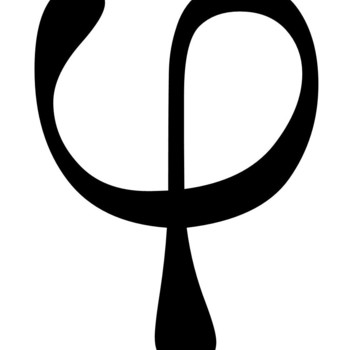First, we take #f'(x)# and input #pi/12#. If the answer is more than zero, it is increasing, and if it is less than zero, it is decreasing.
We must find #d/dx(4sin(4x-(3pi)/4))#
According to the product rule, #(f*g)'=f'g+fg'#
Here, #f=4# and #g=sin(4x-(3pi)/4)#
But since #d/dx4=0#, the product rule reduces to:
#fg'#, or:
#4*d/dxsin(4x-(3pi)/4)#
According to the chain rule, #(df)/dx=(df)/(du)*(du)/dx#, where #u# is a function within #f#. Here:
#d/dxsin(4x-(3pi)/4)#
#=d/dxsin(u)*d/dx(4x-(3pi)/4)#
#=cos(u)*4#
And as #u=(4x-(3pi)/4)#, we have:
#4cos(4x-(3pi)/4)#
Applying it into #fg'#:
#4*4cos(4x-(3pi)/4)#
#16cos(4x-(3pi)/4)# is our derivative. Inputting #pi/12# for #x#:
#16cos(4*pi/12-(3pi)/4)#
#16cos(pi/3-(3pi)/4)#
#16cos(-(5pi)/12)#
Since #cos(-x)=cos(x)#, we have:
#16cos((5pi)/12)#
#16*(sqrt(2-sqrt(3)))/2#
#8sqrt(2-sqrt(3))#
#4.141#
As #4.141>0#, #4sin(4x-(3pi)/4)# is increasing at #x=pi/12#
Graphing #4sin(4x-(3pi)/4)#:
graph{4sin(4x-(3pi)/4) [-3.594, 3.334, -4.502, -1.04]}
We see that this is true.

